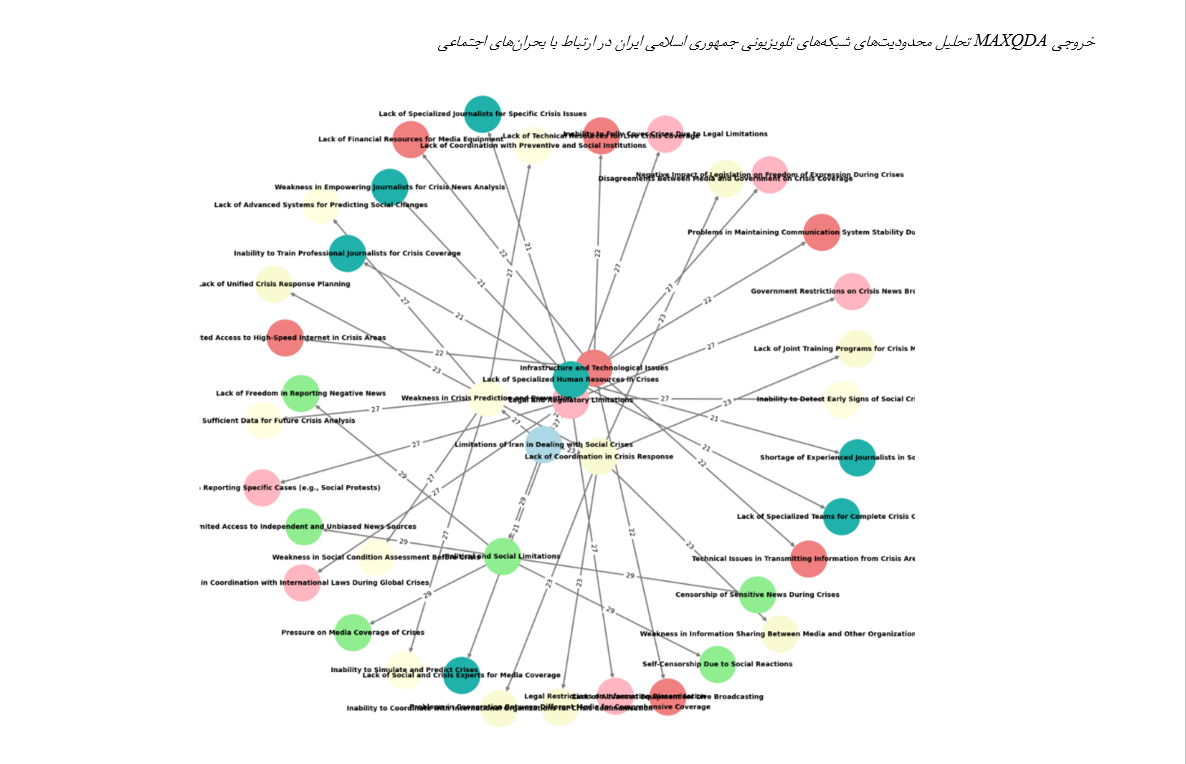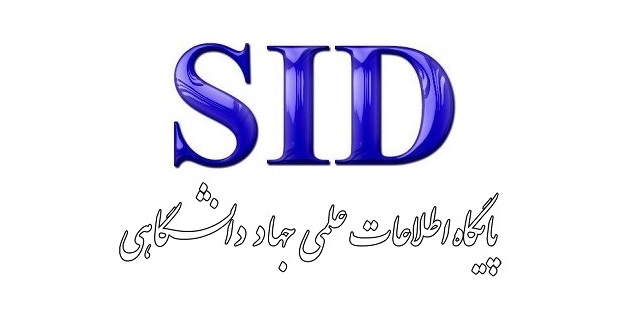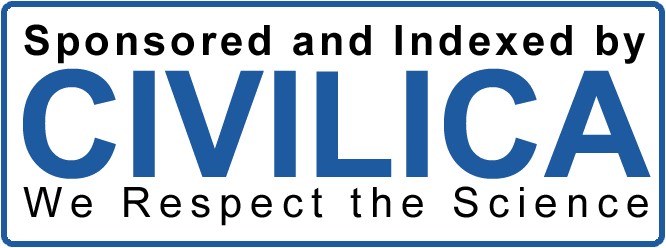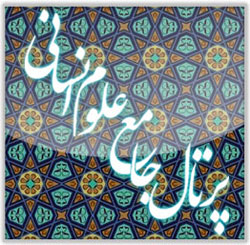Adaptive Representation of Social Crises in the Television Networks of the Kurdistan Region and the Islamic Republic of Iran
Keywords:
Social crisis, weaknesses, strengths, Kurdistan Region, Islamic Republic of IranAbstract
In the contemporary world, media, particularly television, play a fundamental role in shaping public opinion and representing social crises. This study analyzes the representation of social crises in the television networks of the Kurdistan Region of Iraq and the Islamic Republic of Iran, aiming to compare the manner in which crises are covered and reflected in the television media of these two regions. The research employs a descriptive-analytical method using content analysis of programs and news reports from two major television networks in each region. Data were collected through semi-structured interviews with journalists, media officials, and crisis experts and were coded and analyzed using MAXQDA software. The findings indicate that the coverage of social crises in both regions is influenced by specific political, social, and cultural factors, leading to significant differences in crisis representation. In the Islamic Republic of Iran, media are predominantly state-controlled, resulting in censorship of information and a one-sided portrayal of crises. In contrast, in the Kurdistan Region of Iraq, media enjoy greater freedom in crisis coverage, stemming from political and social diversity and the influence of Kurdish policies. However, they still face challenges such as limited access to reliable information sources and infrastructural issues. This study examines the impact of these differences on public perception of crises and people's interactions with media, with findings that could assist media policymakers in both regions in improving crisis coverage quality and crisis management.
Downloads
References
Alipour, M. (2020). Defining media representation and its application in mass media. Iranian Communication Research, 16(1), 150-165.
Anfan, X. (2022). Social representation of COVID-19 in Chinese social media. Journal of Crisis Communication and Social Media, 8(1), 34-49.
Araz, S., & Morad, A. (2020a). The COVID-19 crisis and television media in the Kurdistan Region: An analysis of crisis representation in the media. Kurdistan Media Research, 11(2), 21-40.
Araz, S., & Morad, A. (2020b). Social media and panic during the COVID-19 pandemic in Kurdistan. Journal of Media and Public Health, 9(1), 150-164.
Ardakani-Fard, H., & Azimi Hashemi, M. (2021). The influence of media coverage on public opinion and its role in public priorities. Media and Public Opinion Review, 14(3), 33-50.
Ardakani-Fard, M., & Azimi Hashemi, S. (2021). The role of media in social crises: Analyzing the impact of television networks. Crisis Studies Journal, 16(4), 200-213.
Austin, J. (2020). The social construction of meaning in media: A structuralist approach. Journal of Media Studies, 14(2), 102-119.
Bashir, M., & Tafreshi Shirazi, A. (2011). Crisis media management in Bahrain: The role of media in conflict communication. Middle East Media Review, 3(2), 180-195.
Bashir, M., & Tafreshi Shirazi, A. (2012). Representation theory and its application in the media. Cultural and Media Studies Quarterly, 4(3), 99-115.
Chandler, D. (2013). Semiotics: The basics. Routledge.
Chen, A., Zhang, W., & Liu, X. (2022). Television's dual role in crisis situations: From source of crisis to crisis management tool. Crisis and Media Management, 14(5), 233-248.
Chen, A., Zhou, J., & Li, H. (2022). Television and crisis communication: How media affect public perception during a crisis. Journal of Crisis Communication, 34(2), 81-95.
Haghgoo, A., & Soleimani, F. (2021). The role of government media in crisis management: A case study of COVID-19 in Iran. Journal of Crisis Communication Studies, 9(1), 112-124.
Hall, S., & Jhally, S. (2007). Representation: Cultural representations and signifying practices. Sage.
Hardawan, A., & Araz, A. (2019a). Budget and asset crisis in the Kurdistan Region and television media: Examining media performance during the crisis. Economic Media Studies, 7(3), 67-83.
Hardawan, A., & Araz, A. (2019b). The influence of political affiliations on media during crises: A case study of Kurdish TV networks. Media Politics, 25(3), 144-161.
Hardawan, A., & Araz, A. (2019c). The role of media in managing the Kurdistan region's environmental crises. Media and Politics Review, 13(2), 80-94.
Hirsch, E., & Tajan, H. (2017a). Dual role of television networks in crisis situations: A case study on social crisis management. International Journal of Media Studies, 30(2), 99-115.
Hirsch, E., & Tajan, H. (2017b). The ISIS crisis and television media in the Kurdistan Region: Media impacts on crisis representation. Social Research in the Kurdistan Region, 5(1), 45-61.
Hirsch, E., & Tajan, H. (2017c). The media's role in raising awareness during environmental crises in the Kurdistan region. Journal of Environmental Communication, 10(4), 76-90.
Huabin, L. (2022). The role of television networks in crisis management: Prevention, monitoring, and transforming crises into opportunities. Journal of Media and Crisis Studies, 15(3), 213-227.
Khaniki, A., & Mousavi, S. (2019). The water crisis and television media: Evaluating the role of media in crisis representation. Media Studies, 8(2), 80-98.
Khaniki, M., & Mousavi, F. (2019). Examining the role of national media in managing social crises in Iran. Communication Research, 7(2), 90-104.
Khaniki, R., & Mousavi, S. (2019). Representation of Iran's water crisis in newspapers: A case study of media treatment of environmental issues. Environmental Communication and Media, 6(2), 45-60.
Rabiei, S. (2017). Discourse and representation in the media: Discourse theory and media structures. Media Studies, 9(1), 67-82.
Rita, J. (2021). The role of media representation in shaping public perceptions and reality. Media Studies Journal, 18(4), 225-240.
Taghavi Ramazani, M. (2019). Media representation of political instability in Iran: A case study of BBC Persian coverage of the December 2017 protests. Iranian Media Studies Quarterly, 12(1), 101-120.
Zhang, Y. (2021). Social media's role in managing the COVID-19 crisis in China. Asian Journal of Media and Communication, 17(3), 120-136.








